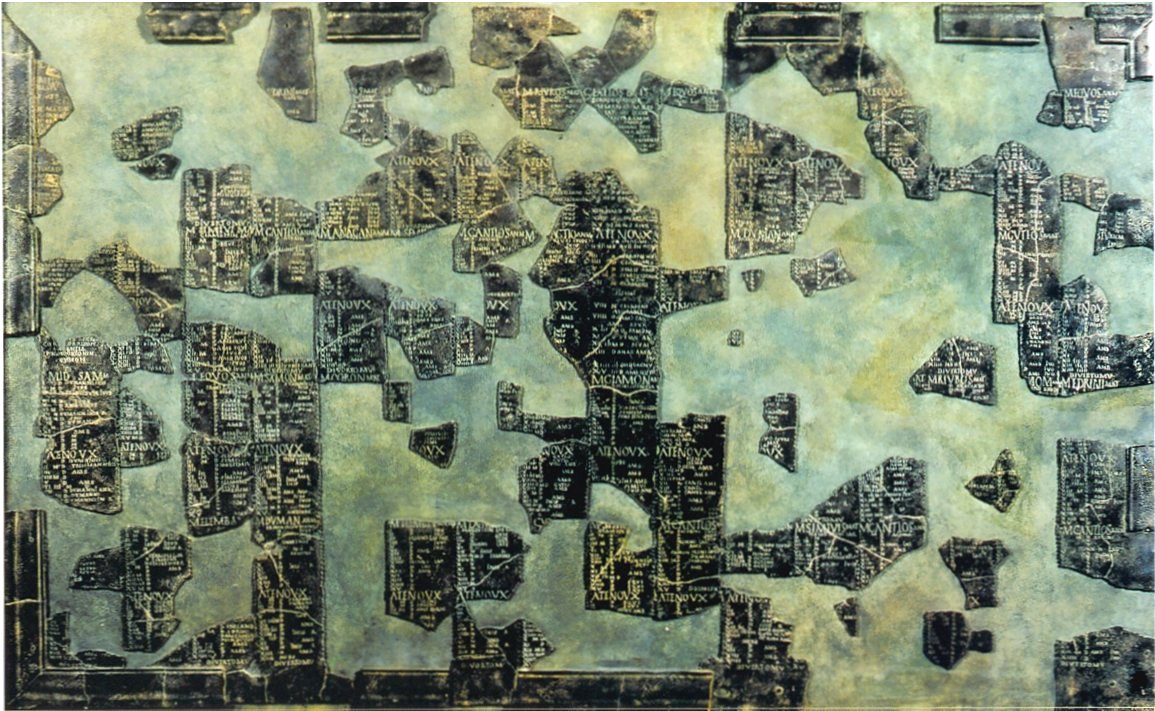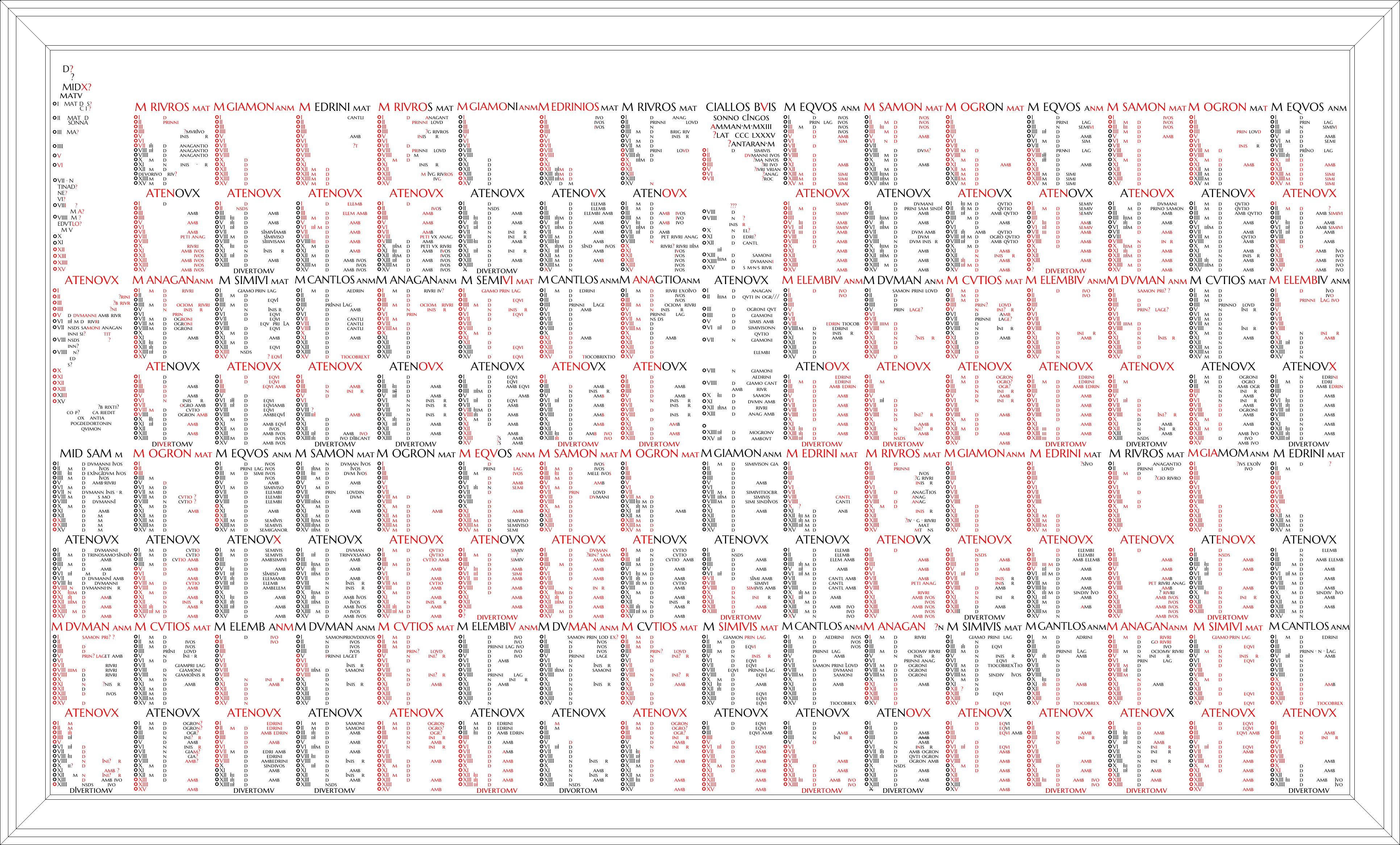Coligny Calendar - Web the coligny calendar is a celtic calendar from roman times. The celts divided the year into two halves, the dark and the light. When i first started the druidcraft calendar project, the coligny calendar was one of the primary inspirations along with stonehenge. Studies found that these fragments made up a gallic calendar, which had been created for a period of five years. An additional month was added every two and half years in order to keep the months aligned with the solar calendar. It was made of bronze, but today, only fragments remain. Web the coligny calendar is the most important evidence we have for a calendar of the celtic tribes, and therefor the ancient druids. The fragmentary calendar plate from coligny (near. It is inscribed with latin characters, but in gaulish. The coligny calendar is a bronze plaque with an inscribed calendar, made in roman gaul in the 2nd century ce.
The Gauls the Celtc tribes of Continental Europe hubpages
It was one large stone plate and compiled of thirteen months in accordance with the moon cycles. Web it is the most important evidence for.
The Calendar of Coligny
It dates probably from the 1st century bce, and is made up of bronze fragments, once a single huge plate. Web the coligny calendar is.
Celtic Source The Coligny Calendar YouTube
It was found near lyon in 1897. Web the length of the calendar of coligny is, therefore, 1/1000th of a roman mile or 5 roman.
Calendrier de Coligny PDF Celtes antiques Celtes
The coligny calendar is a bronze plaque with an inscribed calendar, made in roman gaul in the 2nd century ce. It is inscribed with latin.
Le calendrier celtique de la table de Coligny aux traditions des pays
Compare it with the gregorian calendar and discover its meaning and origin. Mark cooper, joshua cummings (advised by prof. The celtic calendar is a lunar.
El calendario de Coligny el año celta A Young Knight Travel
An additional month was added every two and half years in order to keep the months aligned with the solar calendar. Web the coligny calendar.
Coligny Calendar
Web the coligny calendar is a series of bronze tablets with gaulish names for the months and roman numerals for the days. It was one.
A preliminary reconstruction of the Coligny Calendar r/Paganacht
Web the coligny calendar is a celtic calendar from roman times. Web the oldest known celtic calendar was discovered in coligny, france. Studies found that.
English Historical Fiction Authors The Coligny Calendar and the
It was made of bronze, but today, only fragments remain. The celts divided the year into two halves, the dark and the light. Web learn.
The Coligny Calendar Is A Bronze Plaque With An Inscribed Calendar, Made In Roman Gaul In The 2Nd Century Ce.
It dates probably from the 1st century bce, and is made up of bronze fragments, once a single huge plate. Discover how the calendar was used for timekeeping, religious rituals, and agricultural planning. An additional month was added every two and half years in order to keep the months aligned with the solar calendar. It was one large stone plate and compiled of thirteen months in accordance with the moon cycles.
The Fragmentary Calendar Plate From Coligny (Near.
It was made of bronze, but today, only fragments remain. It was made of bronze, but today, only fragments remain. Mark cooper, joshua cummings (advised by prof. Web it is the most important evidence for the reconstruction of an ancient celtic calendar.
The Celts Divided The Year Into Two Halves, The Dark And The Light.
It was createdto preserve the celtic. Web the coligny calendar is a celtic calendar from roman times. Web a definitive reconstructed text of the coligny calendar. Web the coligny calendar is a celtic calendar from roman times.
In The Annals Of History, Few Artifacts Are As Enigmatic And Revealing As The Coligny Calendar.
Studies found that these fragments made up a gallic calendar, which had been created for a period of five years. Web the length of the calendar of coligny is, therefore, 1/1000th of a roman mile or 5 roman feet in length, also known as a roman pace. Studies found that these fragments made up a gallic calendar, which had been created for a period of five years. It is inscribed with latin characters, but in gaulish.








